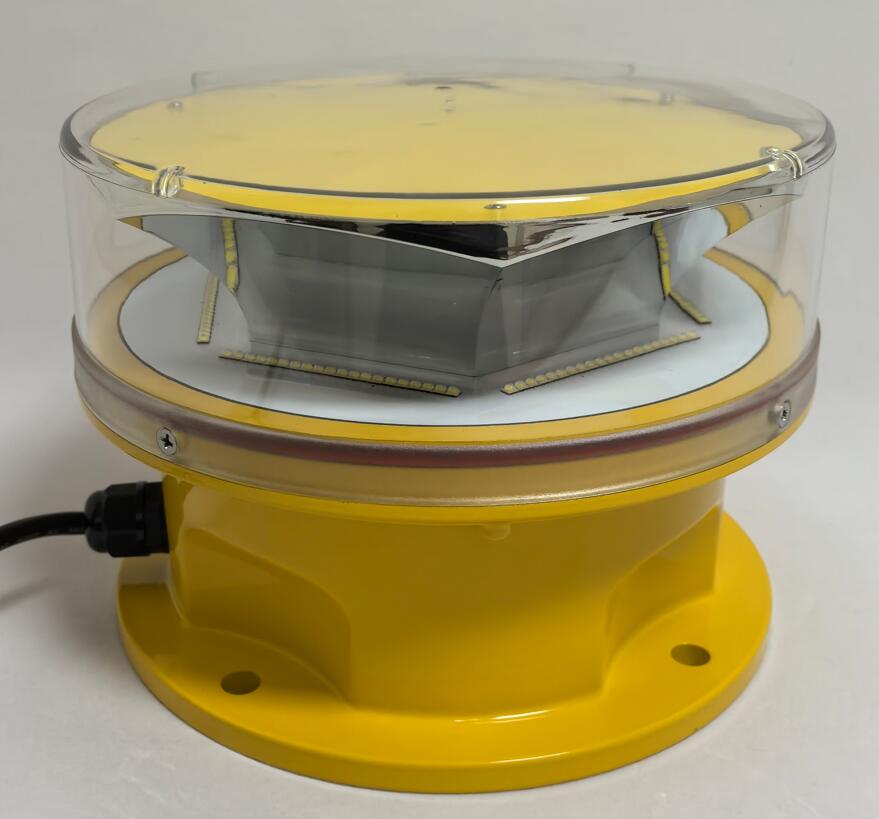In an era of rapidly expanding urban landscapes and towering infrastructure, obstruction lights on towers play a vital role in ensuring aviation safety. These lights serve as essential visual markers, preventing collisions between aircraft and tall structures such as communication towers, wind turbines, and skyscrapers. This article explores the importance, types, regulations, and technological advancements of obstruction lighting systems.
Why Obstruction Lights on Towers Are Essential
As air traffic increases and structures grow taller, the risk of mid-air and ground collisions rises. Obstruction lights on towers provide critical visibility in several ways:
Preventing Aircraft Collisions – Pilots rely on these lights to identify tall structures, especially at night or in poor weather conditions.

Compliance with Aviation Regulations – International and national aviation authorities mandate the use of obstruction lighting to meet safety standards.
Enhancing Navigation – By marking high-rise buildings, wind farms, and telecommunication towers, these lights help pilots maintain safe flight paths.
| obstruction lights on towers |
Types of Obstruction Lights on Towers
Different structures require varying types of obstruction lighting based on height, location, and purpose. The most common types include:
1. Low-Intensity Obstruction Lights (L-810)
Used for structures under 45 meters (150 feet).
Typically steady-burning red lights.
Common on small towers, cranes, and buildings in urban areas.
| obstruction lights on tower |
2. Medium-Intensity Obstruction Lights (L-864, L-865)
Designed for structures between 45–150 meters (150–500 feet).
Can be red or white, flashing or steady.
Often installed on telecommunication towers and power lines.
3. High-Intensity Obstruction Lights (L-856, L-857)
Required for structures exceeding 150 meters (500 feet).
Bright white strobe lights visible from long distances.
Used on skyscrapers, large wind turbines, and tall broadcast towers.
4. Dual Lighting Systems
Combine red lights for nighttime and white strobes for daytime.
Ensures visibility in all conditions.
Regulations and Standards
To maintain global aviation safety, organizations such as the FAA (Federal Aviation Administration) and ICAO (International Civil Aviation Organization) enforce strict guidelines for obstruction lights on towers. Key requirements include:
Mandatory lighting for structures above a certain height.
Specific light intensity, flash patterns, and color standards.
Regular maintenance and failure monitoring.
Light synchronization in multi-light installations.
Failure to comply with these regulations can result in penalties and increased accident risks.
Technological Advancements in Obstruction Lighting
Modern obstruction lights on towers have evolved with new technologies to improve efficiency and reliability:
LED Lighting – More energy-efficient, longer lifespan, and brighter than traditional incandescent bulbs.
Solar-Powered Systems – Ideal for remote locations without direct power access.
Smart Monitoring Systems – Automated diagnostics and remote control for real-time status checks.
Aircraft Detection Lighting Systems (ADLS) – Lights activate only when aircraft are nearby, reducing light pollution.
Challenges and Future Trends
Despite their importance, obstruction lights face challenges such as:
Light Pollution Concerns – Communities near towers sometimes complain about excessive brightness.
Maintenance Difficulties – High towers require specialized equipment for inspections and repairs.
Wildlife Impact – Some studies suggest bright lights may affect bird migration patterns.
Future innovations may include:
Adaptive lighting systems that adjust brightness based on conditions.
Drone-assisted maintenance for safer and faster inspections.
Eco-friendly designs to minimize environmental impact.
Obstruction lights on towers are a cornerstone of aviation safety, ensuring that tall structures remain visible to pilots and preventing catastrophic collisions. With advancements in LED technology, smart monitoring, and sustainable power solutions, these lighting systems continue to evolve. As urban expansion and air traffic grow, the role of obstruction lighting will only become more critical in safeguarding our skies.
By adhering to regulations, embracing new technologies, and addressing environmental concerns, the future of obstruction lights on towers promises greater efficiency and reliability—keeping both aircraft and communities safe.